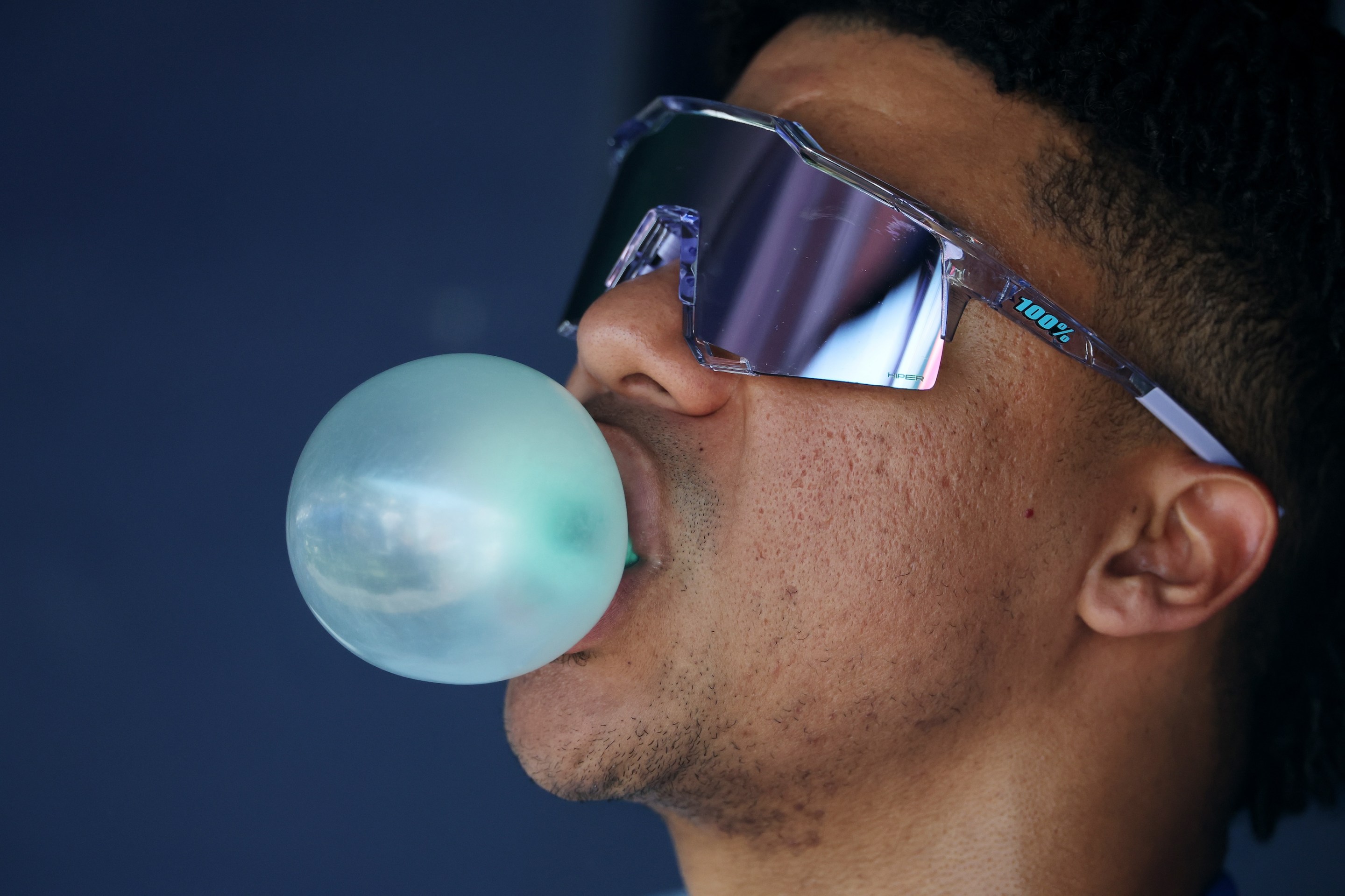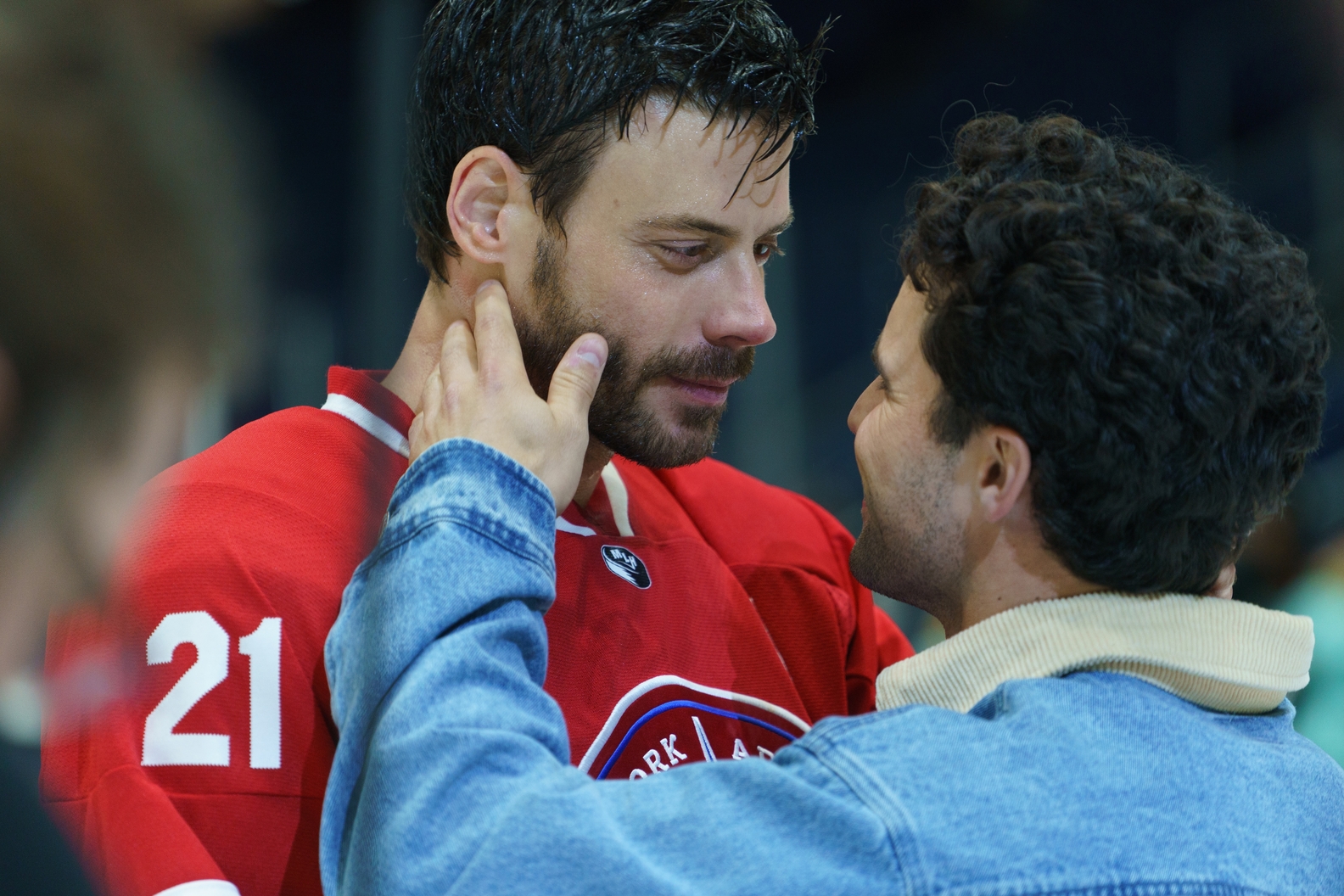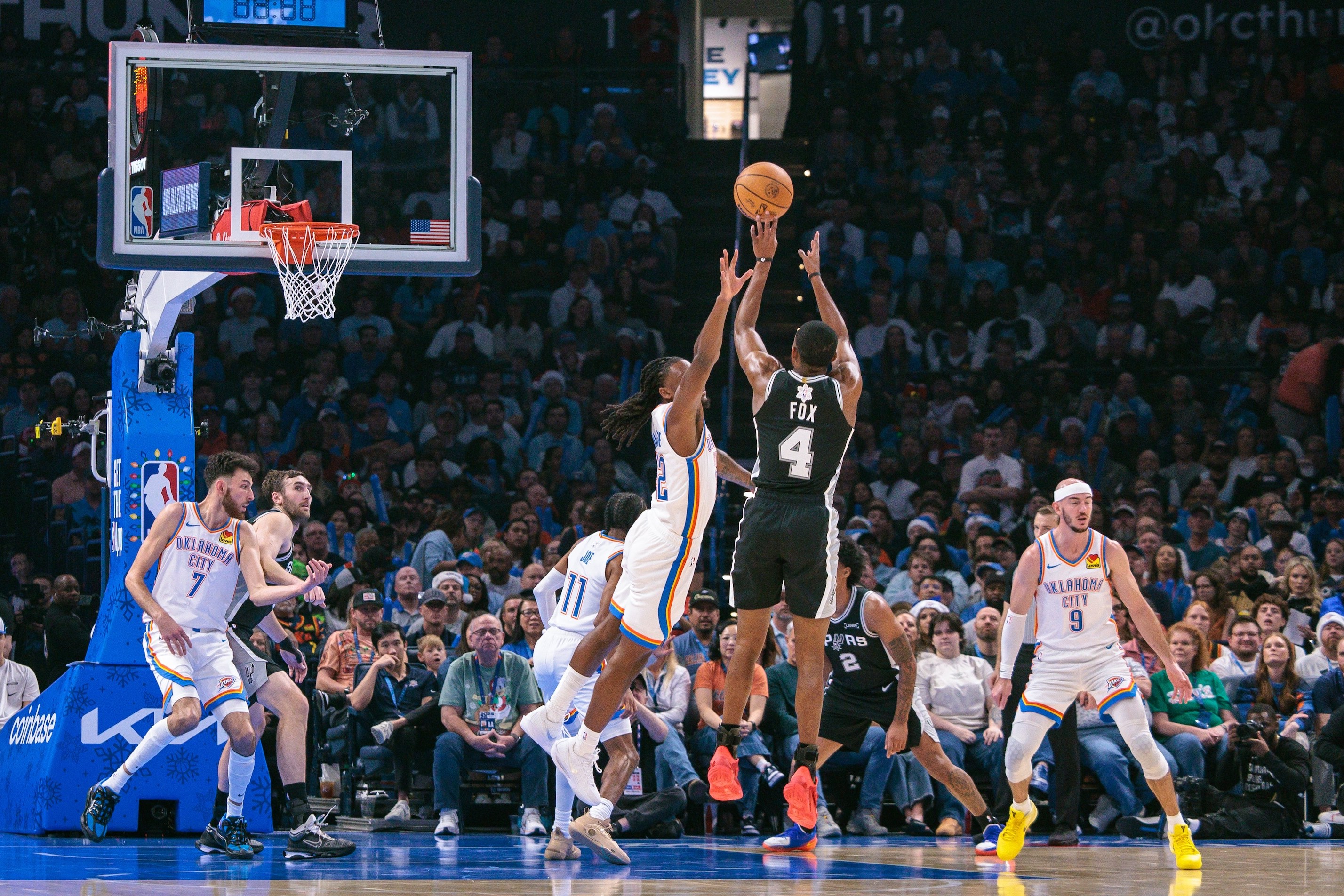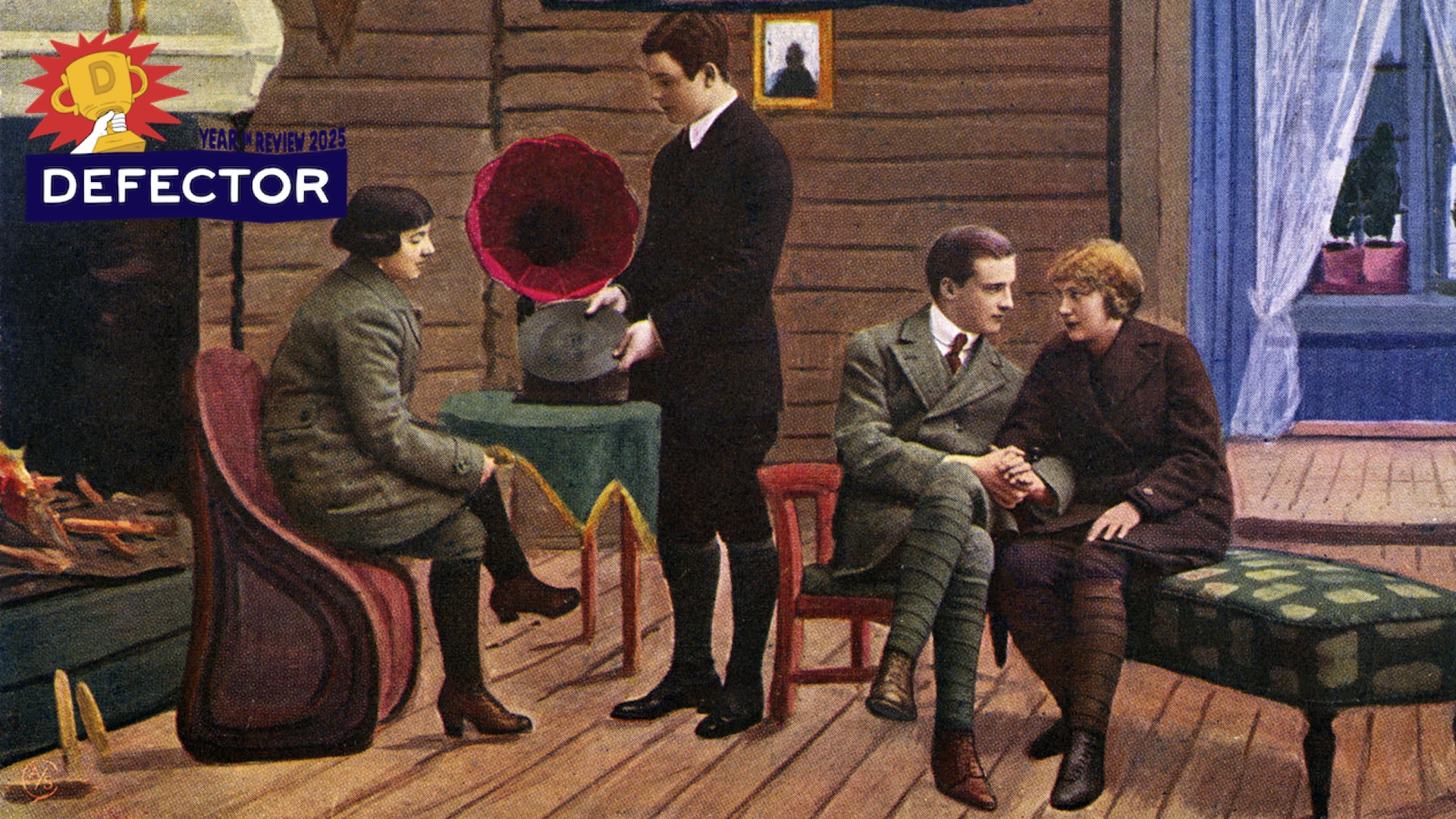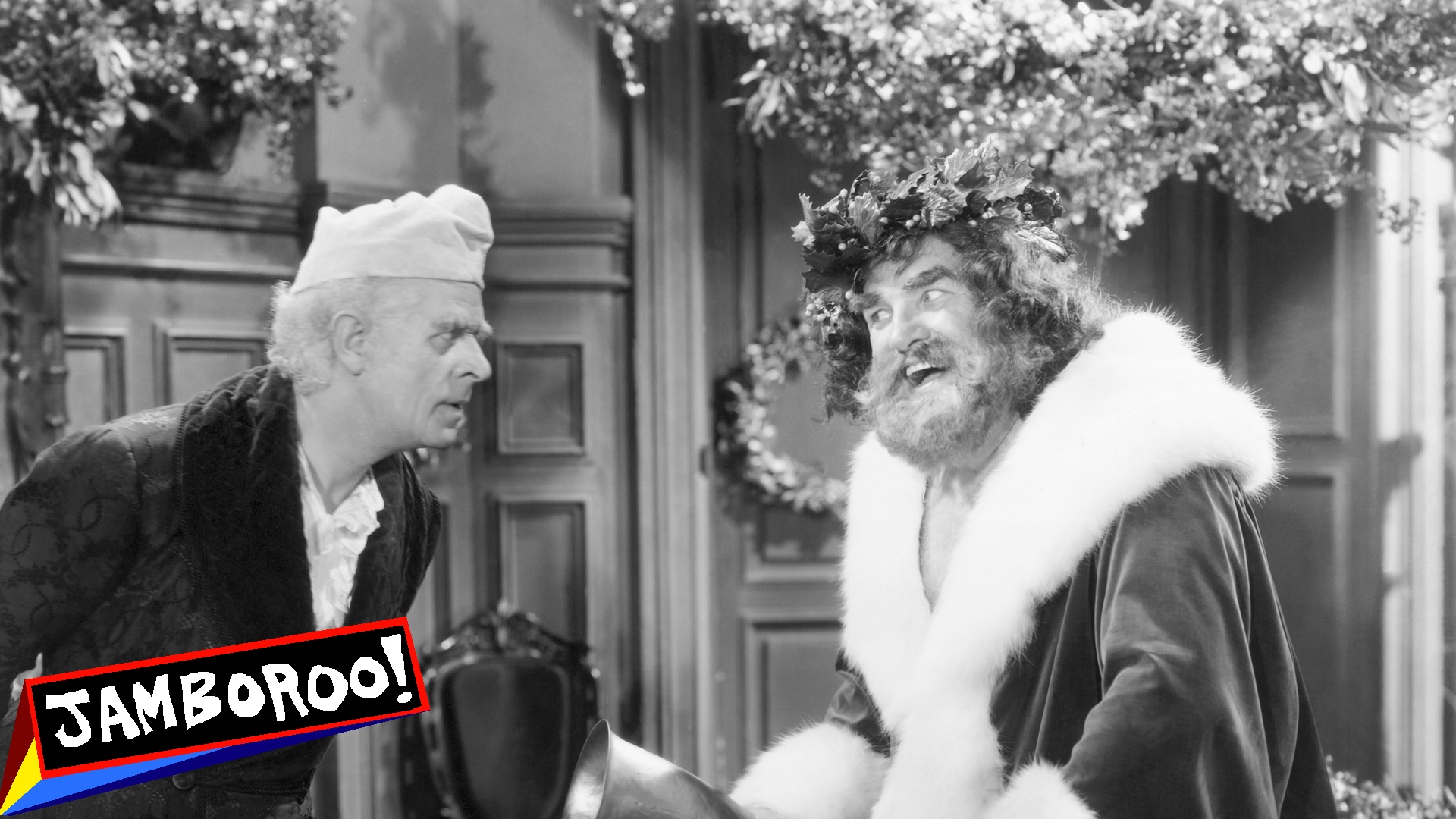The Mets are in a chumpy way at the moment. They have scored 10 runs in their last six games and have just one home run over that stretch. If you look at this from the perspective of wanting the Mets to score runs, that is annoying, but it is also probably not very important. Even very good teams will phase in and out of chump mode over the course of a long season, because that is the nature of the baseball season and also the nature of baseball. This doesn't make it less irritating when it happens to a team you care about, and sometimes teams that are expected to be good really do turn out not to be. But because this sort of thing is so inextricably a part of baseball, there's nothing to do but figure out how to discern what's noise and what isn't, and then get to work ignoring everything that deserves to be ignored.
For instance: The Los Angeles Dodgers have allowed 32 runs in their last 36 innings, which covers a four-game losing streak during which they were swept in a three-game series at Dodger Stadium, by the Angels; in a loss on Monday night, they swung at 42 of Diamondbacks starter Brandon Pfaadt's 93 pitches, didn't miss any of them, and had a .000 batting average on balls in play. They have 29 wins, a .604 winning percentage, and are in first place in the National League West. They have real problems—a number of starting pitchers with a number of variously severe or worryingly vague injuries, most notably—but they are not bad. It would be reasonable for a fan to get mad, watching this highly credentialed team blast one Brandon Pfaadt pitch after another directly at a waiting Diamondback fielder. Anything more than that would be ... well, no one gets into being a fan of a baseball team to be reasonable. But it would be excessive.
Here is another instance: Juan Soto is more or less doing all of the Juan Soto things that got him mega-paid as a free agent, and which have made him one of the very best hitters in Major League Baseball since he was a teenager. He is not yet seeing anything like the results that those underlying indicators would suggest, though, and as a result has become a focal point for a familiar sort of manufactured New York sports media discourse cycle during the Mets' current chumply phase. Francisco Lindor's play has been worse—he is pressing more obviously and less effectively at the plate, and his defense has been bad in ways that may actually indicate some cause for concern—and Pete Alonso's ill-timed swoon has meant that the Mets' top-heavy lineup has been distressingly light at the top. None of these three hitters are Bad Now, but none of them are very good right now, either.
And Juan Soto, who is the richest and most famous of the three, has been weird to watch. He already and always was, in ways that make him fascinating and authentically unique even among his Olympian peers; other players simply do not play baseball in the way that Juan Soto does. It is possible to watch Soto play and know that there is nothing actually wrong with him, but it is also hard not to watch him, during a moment when all those 113-mph line drives are screaming directly into the gloves of stricken-looking outfielders, and wonder what is going on. Soto is hitting .128 with runners in scoring position this year, the worst figure on a team with some pretty gnarly figures on it. The Mets went 1-for-8 in those situations on Monday, with ninth-place hitter Tyrone Taylor driving in the team's sole run in a loss against the Red Sox. "At times we're taking really good pitches to hit, being passive," manager Carlos Mendoza said after the game. "Then we're chasing." This is correct overall, but applicable enough to Soto's approach that it is easy to see how it could become a thing. When Soto is at his best, his approach seems terrifying in its equanimity and patience; when he is not, it just looks weird. The slash line that Soto put up in a three-game series against the Yankees over the weekend was an appropriately berserk .100/.357/.100.
And Soto is doing some weird stuff—he has decided to steal bases, for something like the first time in his big league career, and is 6-for-6 after stealing just seven all last year. He has squared around to bunt at unexpected moments, such as "when he is at the plate during a MLB game," and on Monday night he stood more or less still and admired one of his many ill-fated rockets as it soared towards and loudly into Fenway Park's Green Monster. He believed it was a homer, and because it was the second time that he had not obviously and theatrically hauled ass out of the box in the last two games, both of them flub-heavy Mets losses, it became a thing.
Soto, when asked about it, did not see a problem; he took the long view and said some very obviously correct things about how stuff tends to work out over time that were unfortunately not the answers the assembled press was seeking. Mendoza was both more accommodating and less circumspect when asked the same question. "We’ll talk to him about it,” Mendoza said. “Tonight, obviously, if someone gets a hold of one and knows when he gets it, it’s Juan. He thought he had it. With the wind and all that, in this ballpark—anywhere, in any one, but particularly in this one with that wall right there—you’ve got to get out of the box. Yeah, we’ll discuss that."
If there is any actual issue here, it is the certainty that the Mets will indeed discuss it. Hitting coach Eric Chavez is assertive and almost ideological in how he does his job, and favors "a complete approach" over a more obviously optimized one; he is extremely committed to his commitments, and very willing to talk about them when asked. Those quotes unsurprisingly look different when things are going well—"we have educated Pete Alonso,” Chavez said after Alonso arrived in spring training with a successfully revamped approach, "which, to me, is like, wow"—than they do when they are not. Diagnosing some excessive passivity and an unhelpful willingness to chase in Soto and his teammates during their current slump is not wrong, exactly, but it is also just another way of describing a slump. Chavez's comments on fixing that suggest that either he understands it as such, or just understands that there's only so much he can do about it. "If things continue, it’s definitely something (where we’re) a little more stern," he told The Athletic's Will Sammon. "'This is a real thing and we need to start changing some things.'"
As lousy as Soto has looked at times, he has still looked enough like Juan Soto that it is difficult to imagine even some carefully directed sternness making much of a difference, or being especially necessary. Soto is already a complete hitter; he has just not yet been a very lucky one. In the long run, Juan Soto will almost certainly wind up playing like Juan Soto, give or take those steals and uh bunts; that experience necessarily includes some weeks in which he will not. But because it is happening in New York—and because Soto is with the Mets—it will be both noisy and loud as it passes from one phase to the next.
Over the weekend, at Yankee Stadium, that noise sounded like thousands of people chanting "Fuck Juan Soto" in bassed-up unison. Yankees fans in the right field seats theatrically turned their back on Soto, which is hilariously and appropriately the thing that NYPD officers did whenever they were really mad at Bill de Blasio. On Monday, it sounded like Bob Klapisch's blustering column at NJ.com. "Soto should’ve known these fans are not soft," Klapisch wrote, in describing Soto tipping his helmet to booing fans. "They don’t forgive. I’m surprised Soto miscalculated so badly."
The column was, in its deliriously overheated combination of the alpha sports grump and psychoanalytic modes, a remarkably well-preserved throwback to a strident and stupid era no one really mourns; it felt strange to read it without Fire Joe Morgan-style interstitial gags breaking up the paragraphs. In time, all this will surely sound different—loud contact, cheers, the anticipatory murmur of a crowd that knows it can expect good things. For the moment, though, it can only sound like what it is, which is noise.
